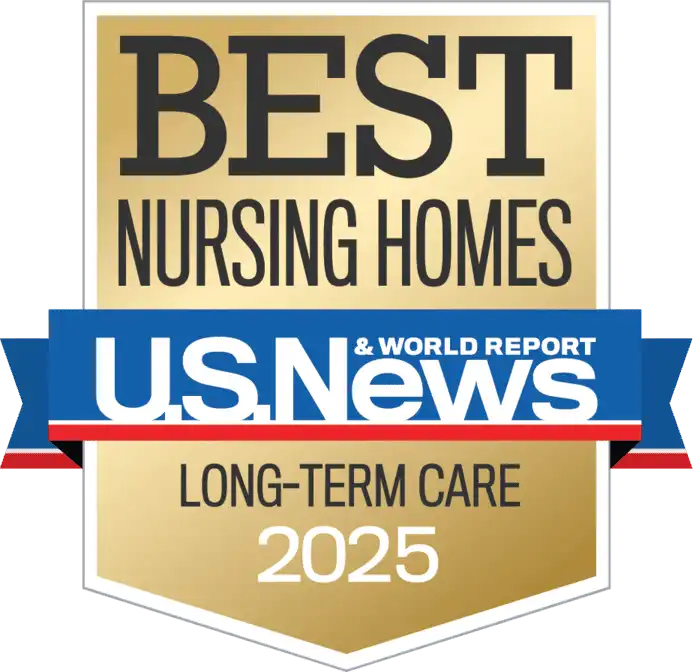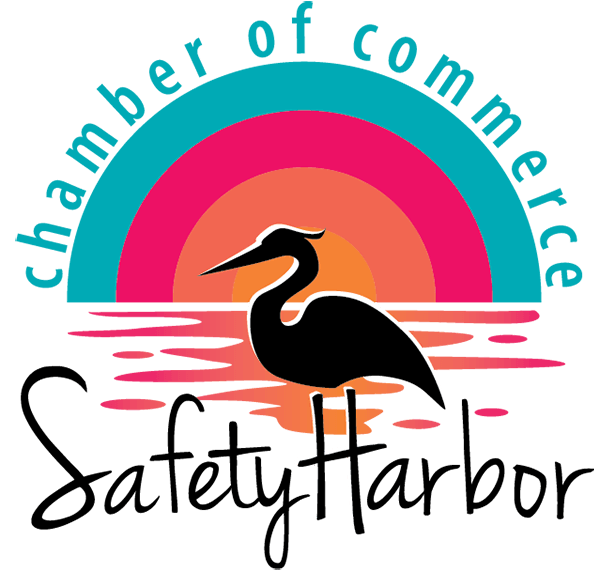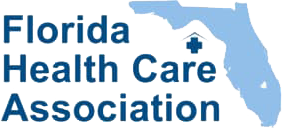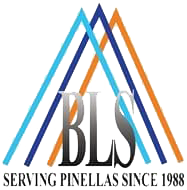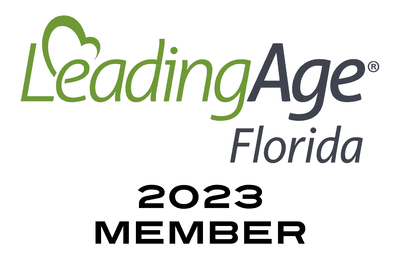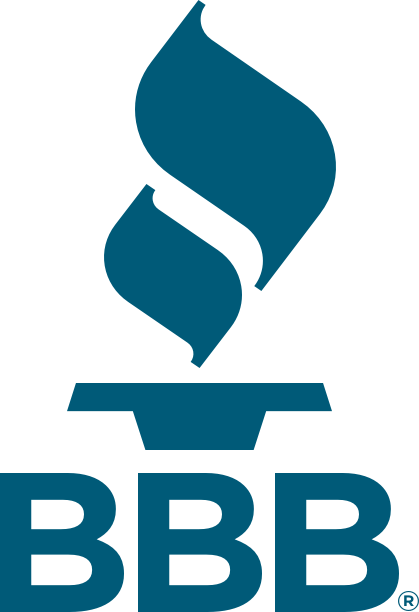
As you search for the ideal retirement residence, be careful not to let “sticker price shock” stop you—while moving into a modern senior living community isn’t cheap, the combined fees paid to sell and buy a house can cost you much more over the long term.
The real cost of buying a house: real estate fees and more
It might seem like selling your home and purchasing something smaller would be a smart financial move. However, like any complicated process, there’s more to it than just paying the asking price for a house. Here’s a look at fees when buying a house that you need to include in your budget.
- Closing costs. These real estate fees can add up quickly. Closing costs include appraisal fees, title insurance, recording fees, loan origination fees, and taxes. While there is no average figure, closing costs usually range from 3% to 6% of the purchase price.
- Down payment. Generally, the larger the down payment you make when purchasing a property, the lower your monthly payment.
- Home inspection fees. Skipping this step could really cost you over the long term. A home inspection is an efficient way to find out if there are issues with the property you are purchasing that must be addressed prior to purchase. Location and size of property play a part in the cost; typically, a home inspection runs around $500.
- Homeowner’s insurance. One of the most important fees when buying a home. The cost is determined by the level of coverage, location, and type of property.
- HOA fees. In many communities, if you choose to purchase a home or condo, your real estate fees will include an HOA, or homeowner’s association fee. This fee will cover the use of shared amenities such as a pool, tennis courts, and outdoor areas. HOA fees can be monthly or annually, and vary in cost depending upon the property, typically ranging from $200 to $500 a month.
- Property taxes. Usually, you will pay 1% to 2% of your home’s purchase price (per year) for your property taxes. These funds help support local schools, road upkeep, and fire departments.
But there’s more. Fees when buying a house also include all that comes with your new home—and these fees are often overlooked until you’ve already moved in.
Ongoing fees of owning a home
- Repairs
- Decorating and updating
- Utilities
- Maintenance (roof, gutters, porch railings, interior and exterior paint, HVAC system, flooring, appliances, electrical issues, doors/windows, plumbing}
- Landscaping and lawn care
- Structural issues (driveway, patio, foundation)
- Adding on space/retrofitting for accessibility
- Fees for trash pickup
- Pest control
- Security
Don’t forget these fees will most likely go up. Buying a home might feel like a solid, one-time investment, but unfortunately, you might find it hard to predict just what you be paying as time goes on in terms of maintenance. Labor and materials will only keep rising in cost. Not knowing how much everything will increase can make it difficult to plan for future needs and rob you of peace of mind.
Should you decide to sell: the cost of selling a house isn’t cheap
A short list of the cost of selling a house would include moving fees, repairs and upgrades to make your home look as inviting as possible; staging fees, which depending upon the size of your home, could run into the thousands; realtor commissions (likely the biggest fee you will pay); seller’s closing costs (which can include escrow and wire transfers; prorated property taxes; title insurance; attorney’s fees and more); and payoff of your mortgage.
Handy tool: An online home sale calculator can help you estimate the potential net proceeds you might receive after selling your property. A home sale calculator factors in various costs associated with selling, such as outstanding mortgage balances, agent commissions, closing costs, and other expenses, to provide a preliminary financial overview of the sale.
Value, predictability, peace of mind: why moving to senior living might be your best option.
You’ve arrived at an exciting chapter of your life; one filled with excitement and anticipation. Most likely, you’re ready to savor new freedom and enjoy every moment to the fullest. A modern senior living community like St. Mark Village makes it easy for you to do just that.
Related: Social, Active & Secure: The Perks of an Independent Living Community
Instead of paying endless real estate fees when buying a house, or worrying about how much the cost of repairs and maintenance will rise over the years, you can enjoy a carefree, maintenance-free lifestyle with a monthly service fee that covers everything: your residence, use of exceptional amenities, wellness and fitness programs, superb dining, countless opportunities for socializing and peace of mind—you don’t have to worry about the rising costs of health care. That’s because with the Life Care Promise at St. Mark Village, you know what your costs will be. And you have the reassurance of seamless access to health care.
We want everyone to enjoy our fabulous, all-inclusive lifestyle. So, we’ve come up with tools to help you join the welcoming family at St. Mark Village. Through our bridge financing program, you can move in now and take the time selling you home,
Related: Understanding Bridge Loans: A Faster Path to Senior Living
And with our Senior Sign software, you can eliminate the pains of move-in paperwork with our simplified, secure online alternative designed to make the entire experience easier for you and your family.
Peace of mind, predictability, and quality of life: you’ll find it all at St. Mark Village. Come see us today.




